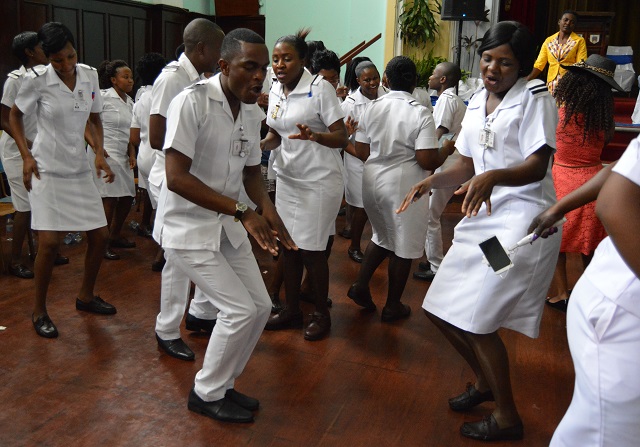Ministry of health should not neglect rural areas

Saul Gwakuba Ndlovu
It is most heartening that the Government has decided to resume the national recruitment of medical personnel to revive the country’s health services system.
Employment of health services personnel had been frozen for several years as a result of a fiscal deficiency caused by a national tax – base contraction.
Health services personnel comprise professionals such as doctors, nurses, pharmacists, laboratory technicians plus non – professionals some of whom are drivers, cleaners, catering, security and other general hands.
Diseases are some of the three social enemies a government of the majority, for the majority, by the majority fights against in an independent Zimbabwe.
The fight against diseases assumes two strategies: preventive and curative. It is essential to create a physical environment and social attitude in which there is a very low incidence of diseases.
To achieve that, families should have a hygienic infrastructure for the disposal of refuse, and sources of potable water should be safe and clean.
Communities should also be well disposed towards vaccinations and inoculations against certain identifiable diseases. That means mass – educating the communities.
That requires specially trained people whose aim is to transform attitudes of community members where negative traditions, customs and mores may still be prevailing.
Those attitudes would have to be changed to match with modern health practices and trends.
Because most of the people with such traditional attitudes live, by and large, in rural areas, most of the medical personnel trained to work among such people have to be based in those areas.
It is important that in the deployment of its professional personnel, the Ministry of Health and Child Care should not neglect the rural areas.
Not only should it deploy personnel to eradicate negative health attitudes and ignorance, but it should also endeavour to create appropriate infrastructure that is conducive to the propagation of modern hygienic standards.
Those standards include the production, preservation and preparation of nutritious foods, particularly vegetables and fruits, types of foods suitable for child growth and the protection of the human body against disease.
There are two other things the ministry may be well advised to consider urgently and seriously. Those are the construction of additional clinics and hospitals in the rural areas to enable the people out there to access medical services more easily than is the case at present.
The second consideration is to upgrade the training of all nurses deployed in the rural areas to enable them to handle minor surgical operations that are currently referred to district and sometimes to provincial hospitals.
The opinion of the author of this article is that it would be relatively easy for a qualified nurse to perform some surgical operations, particularly those that can be done with local anaesthetics.
These two suggestions are most important now because of the poor condition of roads, a situation that makes it very difficult, at times impossible, for some patients to reach district hospitals.
It would be most ideal if in the communal lands clinics were located not more than 10 km apart. Such a distance is more convenient than the existing situation whereby they are 20 to 30km apart.
Those distances are strenuous for pregnant patients. Shorter distances would enable doctors to visit the clinics more often than their current frequency.
The establishment of laboratories at each clinic would greatly improve the country’s health services. That would be the case especially in malarial regions, and areas where various types of bilharzia (schistosoma haematobium, schistosoma mansoni and schistosoma japonicum) occur.
Medical laboratories enable hospitals, surgeries and clinics to deal timeously with diseases, and in that way reduce the fatality rate among patients.
If it is not possible for whatever reason to establish a laboratory at every clinic in the rural areas, clinics could share the services of one centrally located laboratory.
Thus a district with eight clinics could have two laboratories so located that four clinics are served by one laboratory.
The number of medical doctors per district should be increased to at least four, unlike during the Rhodesian regime’s time when each district had only one doctor.
Their official title was “district medical officer of health – DMOH.” Incidentally, Dr. Samuel Tichafa Parirenyatwa, the late father of Zimbabwe’s current Health Minister was the first black Matobo District MOH.
He was based at Antelope Mine Hospital and was the only medical doctor in the whole district.
However, now that the country has two medical schools from which more than 40 doctors graduate yearly, Zimbabwe should be able to have four to five per district.
Recruitment and development of medical personnel ought to consider that one of the negative things the liberation struggle was meant to eliminate is disease. The others are hunger and ignorance.
Saul Gwakuba Ndlovu is a retired, Bulawayo – based journalist. He can be contacted on cell 0734 328 136 or through email. [email protected]








Comments